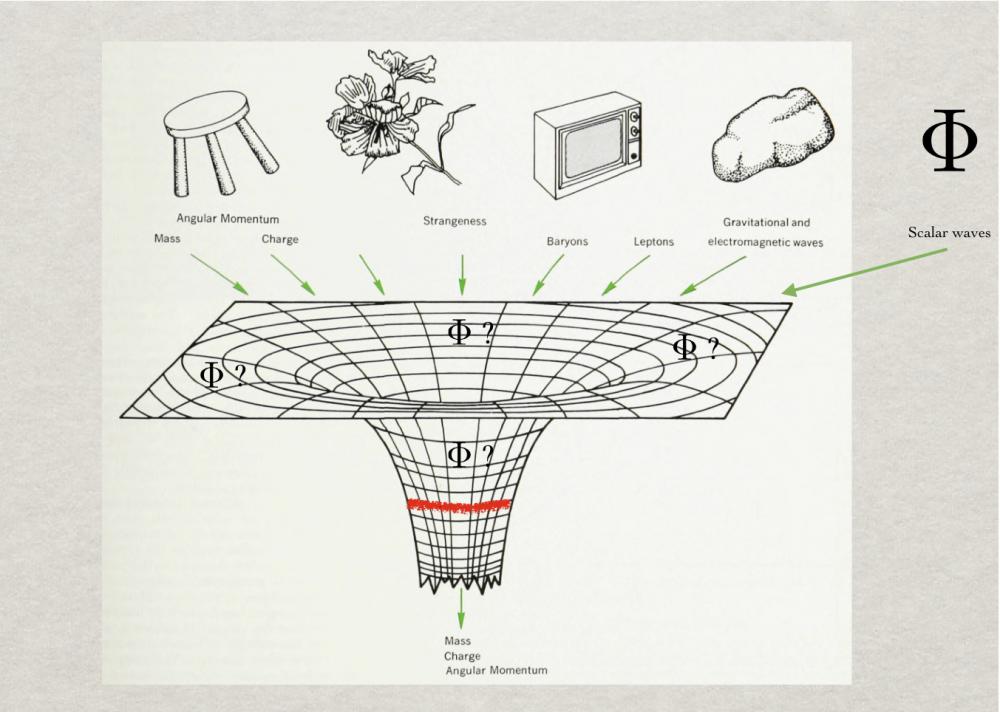"Black holes have no hair" - is a famous `mantra' coined by John Wheeler in 1971, to express that astrophysical black holes should all have very similar physical properties. In a paper to appear in Physical Review Letters, however, Gr@v researchers C. Herdeiro and E. Radu showed that actually astrophysical black holes need not be bald!
Black holes are solutions of General Relativity - Einstein's gravity theory - with an event horizon. This means that there is a space-time region, corresponding to the inside of a black hole, which cannot communicate causally (i.e. by emitting signals no faster than the speed of light) with the outside of the black hole.
In the 1970s, research in black hole physics led to the emerging picture that, unlike stars - that come in many shapes and with quite different physical properties -, black hole solutions are severely restricted. The realistic astrophysical black holes that one could expect to find in the Cosmos, should only be described by two parameters: their mass and their angular momentum. And these two properties determine completely the black hole.
By constrast, it is quite possible that two stars have the same mass and total angular momentum but quite different overall shape, which is measured by other physical quantities, like the gravitational quadrupole moment.
This emerging picture in black hole physics, was mathematically supported by a set of formal theorems, called "uniqueness theorems". Such theorems, however, where formulated initially for systems containing only gravity and possibly electromagnetic fields. As such, it became a central question to understand if other types of fields or matter could violate such black hole uniqueness, and endow black holes with other properties, to which "black hole hair" became a metaphor. Actually, to be precise, "hair" is used to describe black hole properties that cannot be described by a Gauss-type law.
Over the years some partial theorems were constructed, supporting the uniqueness idea, and showing that various fields could not endow black holes with "hair". Simultaneously, however, explicit solutions were found for "black holes with hair", for instance in Einstein-Yang-Mills theory. But such hairy black holes are very unlikely to play a role in astrophysics, as the fields that constitute the "hair" are of microscopic nature. Still, these solutions clearly showed the mathematical limitations of the "no-hair" idea.
The recent paper by C. Herdeiro and E. Radu, found a mechanism that allows scalar and (in principle) also other types of fields to endow black holes with hair, and exhibited explicit solutions of such "hairy black holes". Scalar fields, for instance, are not only known to exist in Nature but, more importantly, constitute a proxy to describe different types of realistic matter. They are, moreover, often used in Cosmology to model the evolution of the Universe. Thus, they are both motivated by fundamental theories and a useful phenomenological tool.
Further research will be necessary to study the physical properties of the hairy black holes now found, and understand if these solutions can play a role in astrophysics.
For another (and very nice) account of this work see the description by Paolo Pani in the Gravity Room blog.
